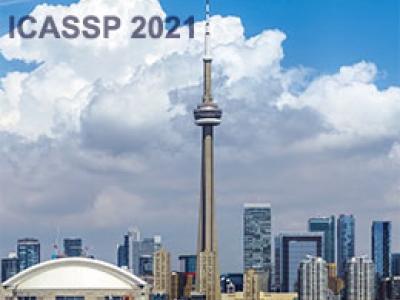Documents
Presentation Slides
Learning Bollobás-Riordan Graphs Under Partial Observability - Presentation Slides

- Citation Author(s):
- Submitted by:
- Michele Cirillo
- Last updated:
- 22 June 2021 - 3:05am
- Document Type:
- Presentation Slides
- Document Year:
- 2021
- Event:
- Presenters:
- Michele Cirillo
- Paper Code:
- SPTM-15.1
- Categories:
- Log in to post comments
This work examines the problem of learning the topology of a network (graph learning) from the signals produced at a subset of the network nodes (partial observability). This challenging problem was recently tackled assuming that the topology is drawn according to an Erdős-Rényi model, for which it was shown that graph learning under partial observability is achievable, exploiting in particular homogeneity across nodes and independence across edges.
However, several real-world networks do not match the optimistic assumptions of homogeneity/independence, for example, high heterogeneity is often observed between very connected nodes (hubs) and scarcely connected peripheral nodes. Random graphs with preferential attachment were conceived to overcome these issues. In this work, we discover that, over first-order vector autoregressive systems with a stable Laplacian combination matrix, graph learning is achievable under partial observability, when the network topology is drawn according to a popular preferential attachment model known as the Bollobás-Riordan model.

